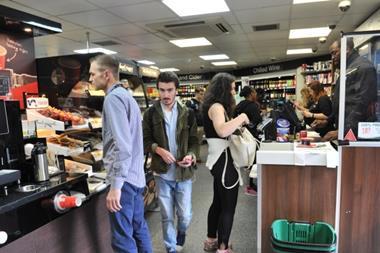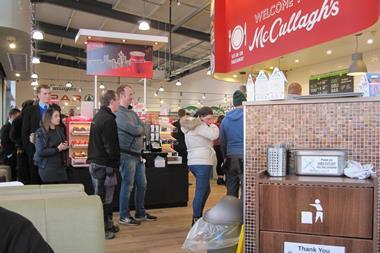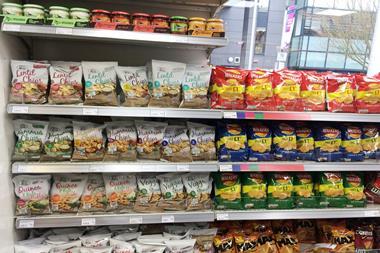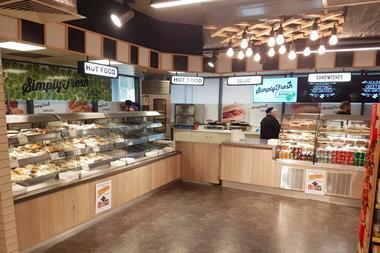Electrify your profits

A growing number of retailers are investing in a new way to save money on their energy bills and extend the life of their electrical goods. Gaelle Walker finds out more about the potential of voltage optimisation.
ALREADY HAVE A REGISTERED USER ACCOUNT? PLEASE LOG IN HERE
To read the full story join the ConvenienceStore.co.uk community today!
Registration is quick and easy and provides access to:
- Unlimited ConvenienceStore.co.uk articles
- Our great range of newsletters
- Content you’ve saved for later via the ‘my library’ feature
And much more…































